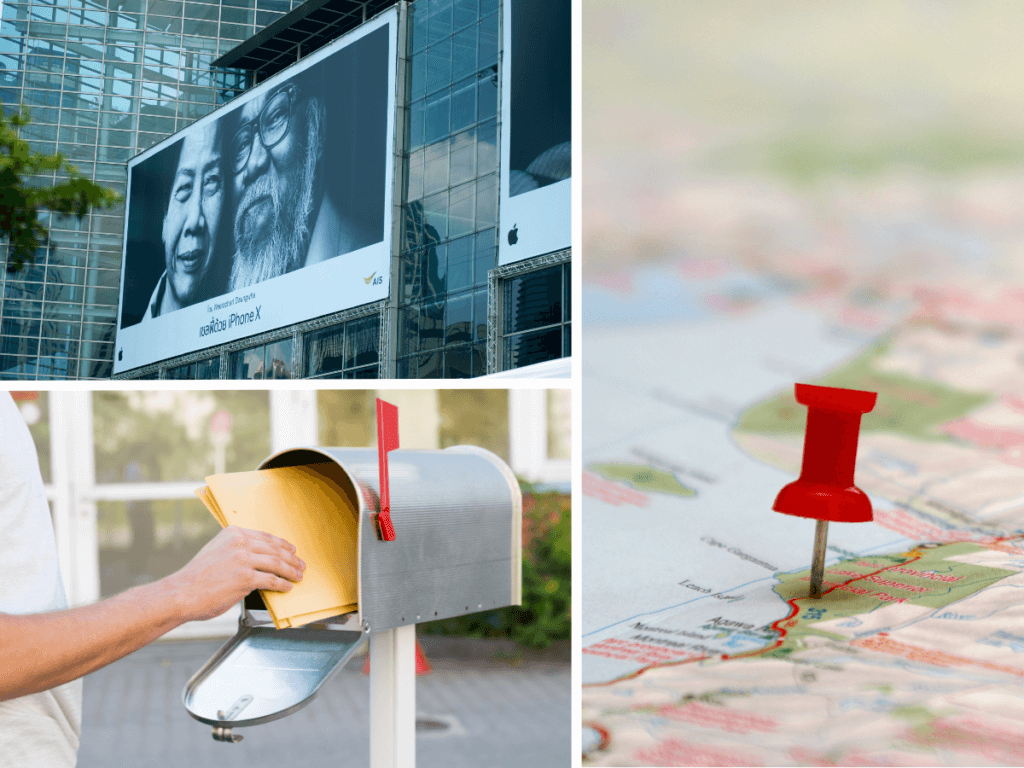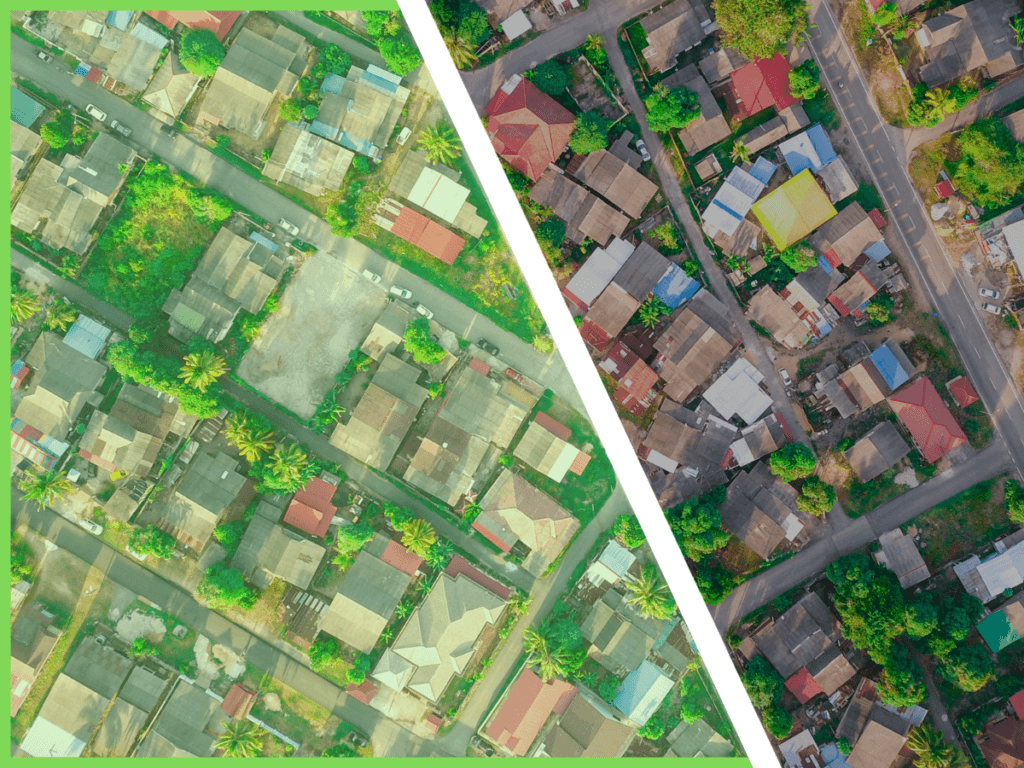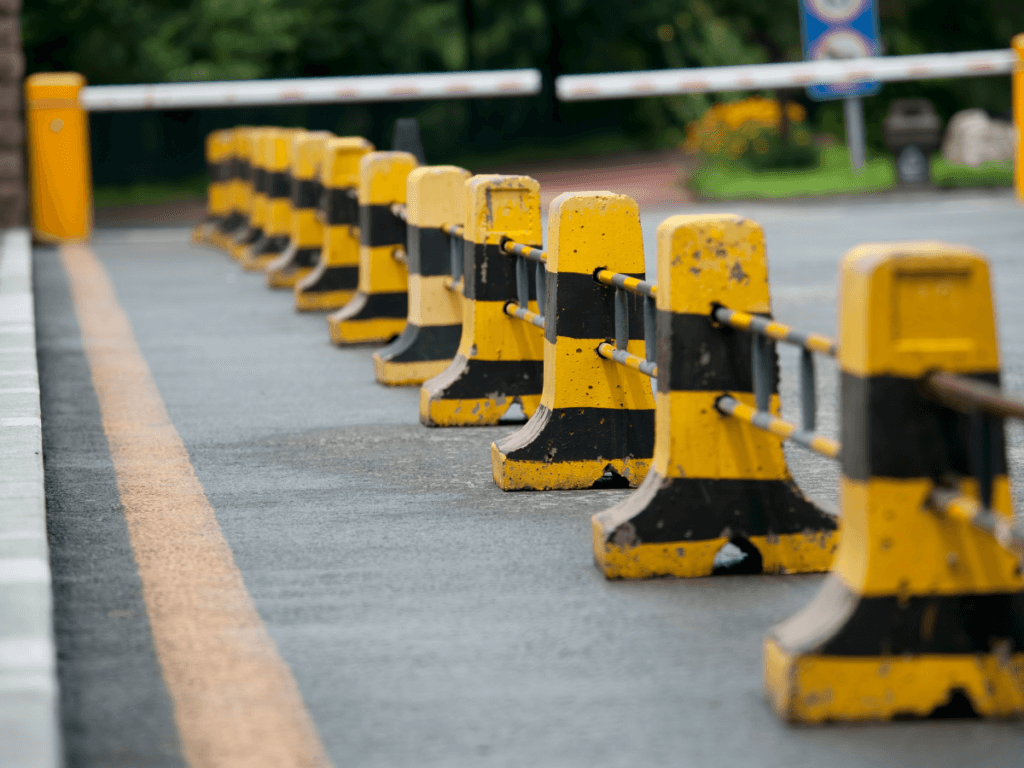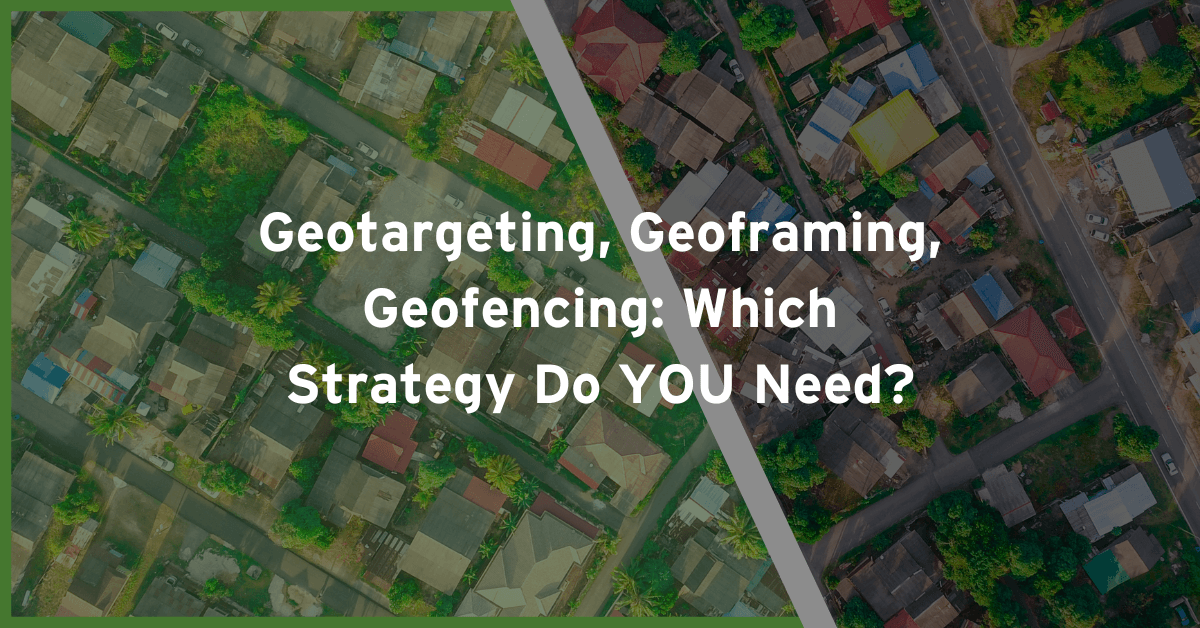We live in the age of location services and area-based marketing. Geotargeting approaches are invaluable for reaching people who live in a certain region, attended a certain event, or who shop at a certain store. However, depending on which of these actions is most relevant to your campaign, it matters which strategy you use.
Today, we’ll look at the differences between the three geo- strategies. We’ll also look at their advantages, the best ways to use them, and the obstacles you might encounter. Let’s dive in.
What’s the difference?
Geotargeting

The most general of the three is geotargeting. It refers to a marketing approach far older than mobile tracking data. Geotargeting is simply targeting people within a certain area.
For digital marketing, this might be only serving ads for a local business to people in the same city or zip code. When it comes to traditional advertising, it would be putting up billboards or sending out a mailer to the people in a given region.
Geotargeting encompasses both geofencing and geoframing. Since both are marketing based on location, they fit the definition.
Geofencing vs. Geoframing
Geofencing is a form of geotargeting that serves ads to people who have entered an imaginary “fence,” drawn by you. It most often uses GPS technology to track who has entered the virtual fence, and then delivers relevant ads to those people while they’re in the fence. Olive & Company points out that some geofences require a hard opt-in, while others don’t. It all depends on your campaign.
One popular way to use geofencing is to advertise a nearby store or restaurant to mobile users who have entered its vicinity. If anything differentiates geofencing from geoframing, it’s that geofencing serves relevant ads in real-time
Geoframing is similar to geofencing in many ways. The primary difference is that geoframing creates an audience that is marketed to after being somewhere. By using mobile location history, framing creates an audience that you can reach after they’ve been at a certain place, during a certain time period.
This means that geoframing is ideal for targeting people who were at your brick-and-mortar location at a specific point in time, maybe during a sales event or holiday special.
The best part? Geoframes don’t need to be set up in advance. You can set one up at any point after your desired timeframe, and with the way mobile location services work, you can capture your audience just the same.
Why should I care about geotargeting?

You should care about geotargeting because it is one of the best ways to reach your perfect audience.
There’s nothing saying you can’t draw a geoframe around your competitor’s location and advertise your product to their customers. You could also draw a geoframe around your own location. This would allow you to reconnect with the people who have shown a specific interest in your product.
You could also consider the interests and characteristics of your desired audience, and then geoframe places they would go. For instance, if you sell produce, you could draw a frame around your local farmer’s market, and set the timeframe to when it takes place.
Geoframing and geofencing aren’t just useful for B2C marketing, but also for B2B. For example, we’ve drawn fences around the venues of business conventions we’ve attended. This allows us to better network with the other attendees, usually fellow business owners.
How do I start implementing geotargeting?
There are more softwares for geotargeting than we can count. Most plaforms, even Facebook, have some elementary system for geotargeting. Some popular softwares are GeoComply, Netcore, Radar, and PlotProjects. For more information on these resources, we’d recommend this more in-depth listing. If you want to know what we’d recommend for your specific needs, feel free to reach out to us!
What are the roadblocks in geotargeting?

The main hitch is that geotargeting is dependent on people giving permission to location services on their phone. If people don’t allow a given app to track them, this could throw a wrench in your geo- approach.
Some campaigns are dependent upon a person taking out their phone while at the location. And, as previously stated, some require a hard opt-in, while others don’t.
You also need to be careful about your virtual fence/frame and the timeframe you choose. If you draw your lines in the wrong places, you could catch traffic that isn’t relevant to your campaign. If you select the wrong time period, you could miss the rush that you were trying to catch. Don’t forget: you could be grabbing more device IDs if you include the designated parking for the place you’re targeting.
How can you get the MOST out of geotargeting?
Geofencing and geoframing allow you to target people who have visited physical locations in addition to those who have visited a site or page. This is particularly useful for retargeting after sales events. Geoframing can even be used to tell you what percentage of event customers responded to Ad A versus Ad B.
You can capture people who used a store’s app while on-site, as well as those who used their GPS in the parking lot. A competitor’s brick-and-mortar stores or their offices can be framed. We could keep going. The possibilities are literally limitless.
How will you make the most of geotargeting?




